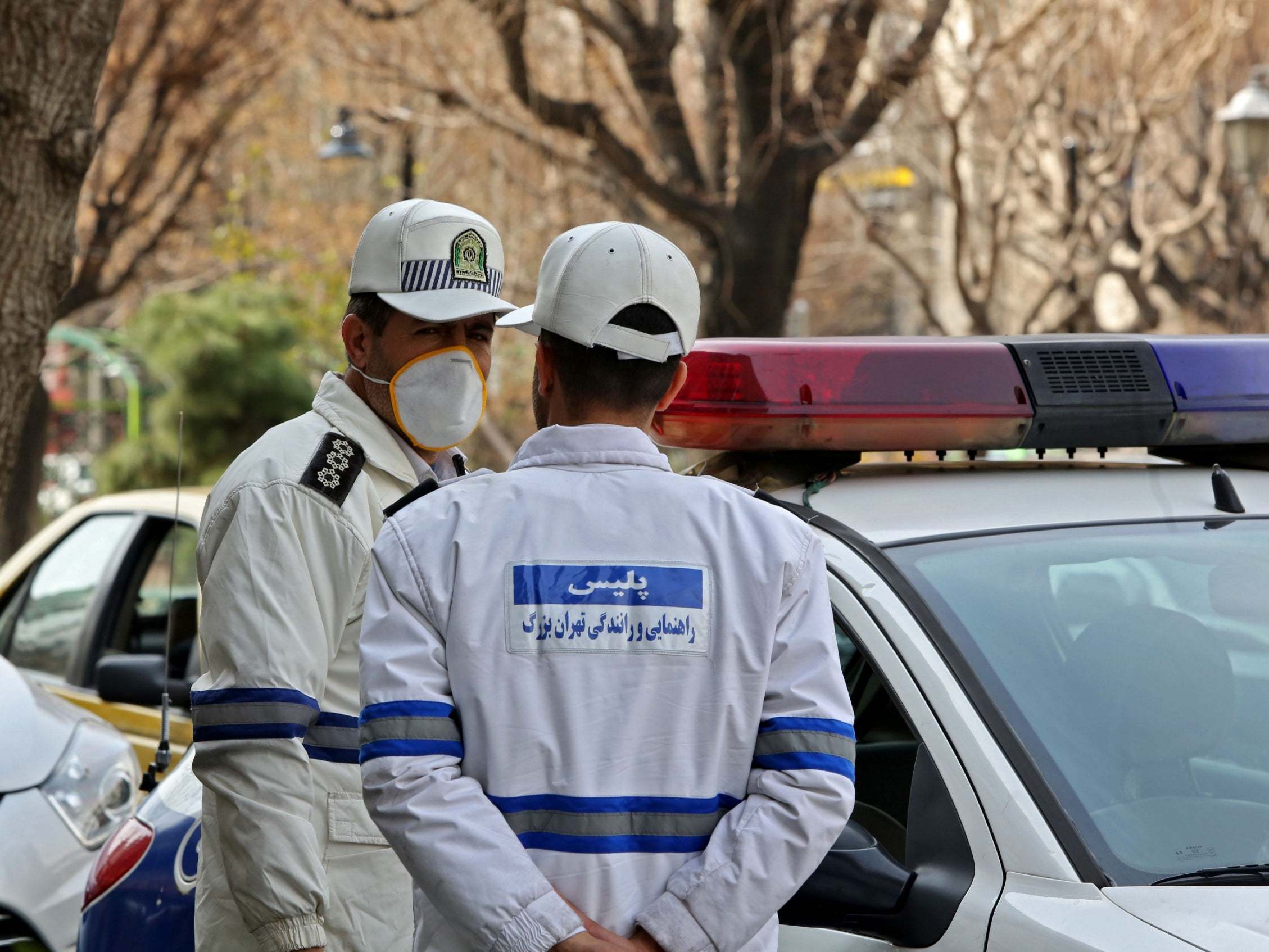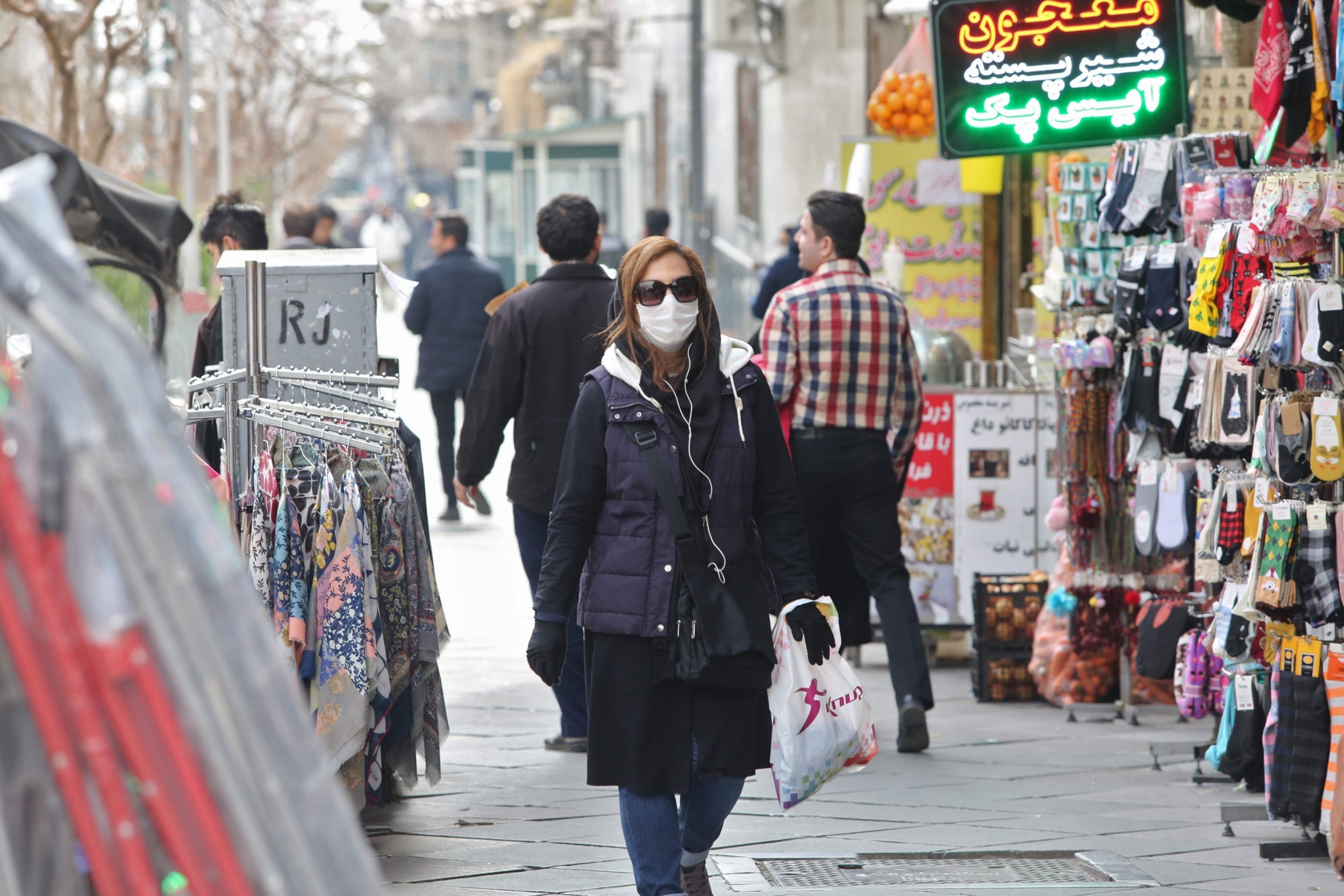Coronavirus: Up to 50 die in Iran as weak public health systems struggle to contain deadly virus
War-torn public health systems in Iraq and Afghanistan struggle to prevent an outbreak

Coronavirus fatalities rocketed in Iran, with at least 12 and as many as 50 reported deaths from the malady which is penetrating the Middle East.
The illness, first encountered in China, has proven unusually lethal in Iran. The first cases were reported on 19 February, with 47 patients so far confirmed carrying the virus. That marks an official Iranian mortality rate of 25 per cent, far greater than the 3.2 per cent reported in China.
Research suggests the disparity could be attributed to access to differing levels of nutrition, housing and quality healthcare. But experts say it could also potentially point to the emergence of a new and more deadly mutation of the virus, though health officials said last week there was no evidence the virus was changing. John Paget, an epidemiologist at the Netherlands Institute for Public Health Services Research, suggested that the Iranians could just be undercounting the number of cases.
“It’s very worrisome,” Tedros Adhanom Ghebreyesus, director-general of the World Health Organization, told reporters on Friday about the spread of the disease beyond China. “These dots are actually very concerning,” he said referring to a map showing the spread of the illness to new clusters.
The outbreak of the respiratory disease in Iran has dominated local headlines and news broadcasts, sparking a fresh wave of dread in a country already hit over the last year by various natural and manmade calamities including earthquakes, floods, political unrest, economic decline, and a near-war with the United States that resulted in the downing of a Ukrainian passenger jet by the country’s own armed forces.
Schools, universities and cultural centres across 14 Iranian provinces have been closed.
The spread of the disease is also causing a wave of fear across the Middle East, with airport employees donning surgical masks and gloves, and commuters avoiding public transportation and physical contact with friends. Ancient religious pilgrimage routes have been shut down and aviation links have been closed.
Oman suspended all flights to Iran, while Qatar Airways announced a 14-day quarantine period for anyone traveling to the country from Iran or South Korea, where the virus has afflicted at least 600 people. And the health ministry of Israel, which has diagnosed multiple cases, announced on Sunday that any foreigner who had visited Japan or South Korea in the last weeks would be barred from entering.
In Bahrain, a single case was a bus driver who managed to drive children to three schools on Sunday; all three schools have been shuttered for two weeks. Kuwait said three patients diagnosed with the virus had all arrived from Iran in recent days.
Cases have also been reported in the United Arab Emirates, but perhaps most ominously in Iraq and Afghanistan, both war-torn countries with dilapidated public health systems ill-prepared to contain the deadly virus.
As with many matters in Iran, coronavirus has raised questions about government transparency. The outbreak in Iran has been traced to the shrine and seminary city of Qom, a major global crossroads for Shia pilgrims and students, as well as a pillar of the country’s clerical political elite.
While the country’s deputy health minister Iraj Harichi said 12 people had died from the virus, a lawmaker from Qom claimed 50 people had died. When his claim was challenged by the health ministry, he said he passed on the names of 40 of the dead to Mr Harichi.
“Now, we await his resignation,” lawmaker Ahmad Amirabadi-Farahani said, according to the semi-official Iranian Labour News Agency.
Iranian officials quickly sought to cast blame for the outbreak, alleging that illegal migrants from Afghanistan, Pakistan and China had brought in the virus, even as the first reported cases were in a city 600 miles from the country’s eastern borders.
Even as some officials sought to highlight the risks of the virus, broadcast media downplayed the epidemic, with a state TV presenter saying “fear of coronavirus inflicts more damage than the virus itself.”
Iraq had closed borders to Iran on 20 February to halt any spread of the virus. But Iraqi officials cited by local media said an Iranian seminary student in the shrine city of Najaf who had arrived before the travel restrictions had been diagnosed with the virus.

At least three Afghans in the country’s western Herat province, which neighbours Iran, have been diagnosed with the illness.
Despite the closing of the borders with Iran, public health officials worry that the thousands who traverse the region’s porous frontiers via smuggling routes could help spread the virus, which like the flu can be transmitted via sneezing or coughing.
“Another major problem in Afghanistan is illegal border-crossing,” said Wahidullah Mayar, the spokesman for the Afghan health ministry.
The health systems of Iraq and Afghanistan have been devastated by years of war that have caused chronic shortages of utilities and an exodus of medical professionals.
Armenia on Monday announced that it was the latest country to close its land border with Iran following similar closures by Pakistan, Afghanistan and Turkey, which has suspended air and rail links to its eastern neighbour. Along with Georgia, Yerevan officials also imposed flight restrictions over fears the virus could spread to the Caucasus region.
But Mr Paget, the epidemiologist, suggested that public health offiicials and policymakers were overreacting. “There’s too much panic,” he said. “They did the right strategy to try to contain it, but it’s not working. Transmissibility is super high. So we have to change strategy. We need to accept that this is now part of our ecosystem. It’s probably going to be there every winter with all the other viruses.”
Join our commenting forum
Join thought-provoking conversations, follow other Independent readers and see their replies
Comments
Bookmark popover
Removed from bookmarks